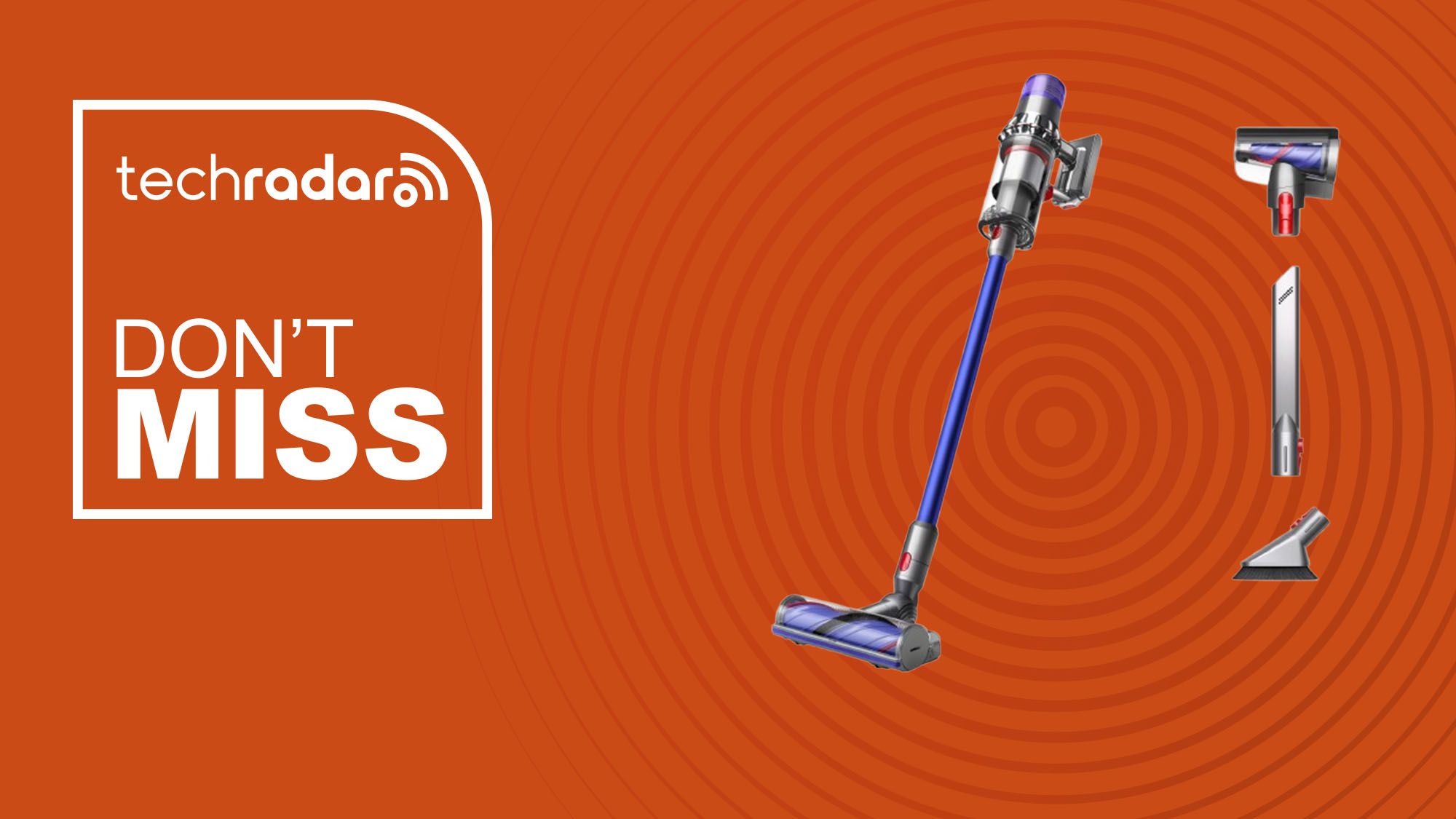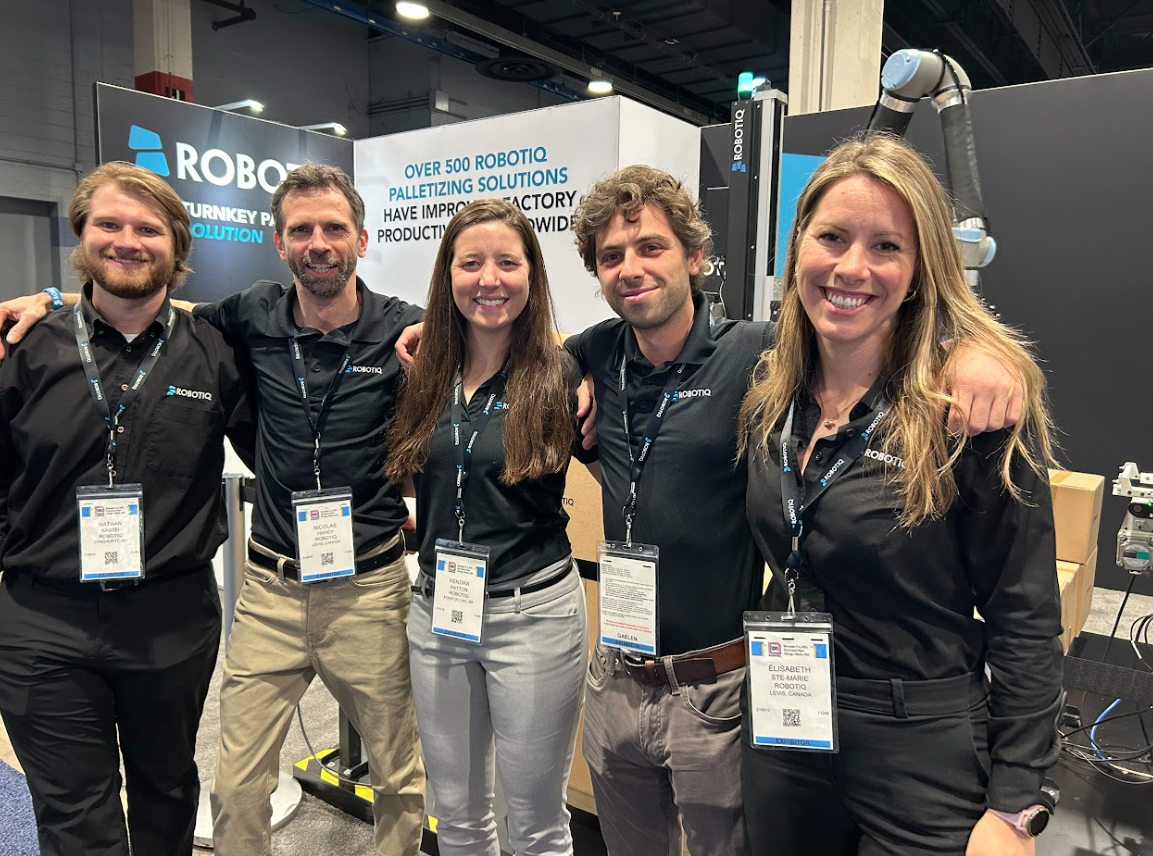Data for decisions
Automated data collection, however, is an area where technology has delivered benefits for Battunga Orchards. The Canadian-developed Vivid Machines canopy scanner now captures fruit counts, sizes, bud numbers and growth rates across 30% of orchard blocks, helping Mark make faster, more informed management decisions.
“We used to count five trees in a block; now we scan every third row. The data is more robust, and we can track fruit growth. One block’s estimate was within two or three bins of the final tally,” he says.
Mark also sees potential in advanced irrigation technology, particularly as drought tightens water supplies this year. Despite having a state-of-the-art system on one farm, moisture monitoring still relies on manual probes. “We’ve been too comfortable with our water supply – it’s not until you get bitten that you think, maybe we can do something better here.”
A call for grower identity and fit-for-purpose imports
Beyond the farm gate, Mark believes there’s a problem with global supply chain collaboration, and greater transparency is needed, including grower identity, particularly for the horticulture industry.
“It’s one of the only industries in the world where the people who do it well, aren’t known. Nobody knows the growers – who’s good and who isn’t. For export, if growers were known more, buyers could search them out,” he says, pointing to branding, traceability, and QR codes as part of the solution.
And while Australian growers are eager adopters of overseas innovation, climate and system differences often limit success. “Too often, something’s imported without proper local testing or limited backup service. We need technology that’s fit-for-purpose here, not just in a Northern Hemisphere orchard.”
Innovation needs local proof – the dairy perspective
A three-hour drive west, near Colac in southwest Victoria, Sam Simpson runs Craiglands Holsteins with her husband Mark Billing, on a fourth-generation, 450-hectare dryland dairy farm milking between 380–420 cows. The family has witnessed a century of change, from hand-feeding grain to computer-controlled collars that automatically deliver rations based on each cow’s needs.
“Technology has transformed the way we manage stock – from insight into animal health and mating behaviour to better record-keeping for the whole business,” Sam says.
Early adopters of GEA’s CowScout collar system and management software, the Billings also use genomics to improve fertility, reduce methane emissions, and diversify income through crossbreeding.
Barriers to adoption
While open to innovation, Sam is clear: new technology must provide a tangible return or meet a regulatory requirement. “If it doesn’t provide an extra income stream or more money in your pocket, it’s harder to adopt unless it’s pressed on you from a regulatory angle.”
Some promising tools remain out of reach in Victoria due to pending legislation – like virtual herding, which uses GPS-enabled collars to move cattle remotely, reducing on-farm vehicle use and improving safety. “It’s got more value than just moving stock around. There’s also the potential OHS value. If you can reduce the hours staff spend on bikes moving animals, you’re reducing risk and cost.”
Other Northern Hemisphere imports, such as robotic milking systems designed for barns, often need modification for Australia’s predominantly pasture-based systems.












